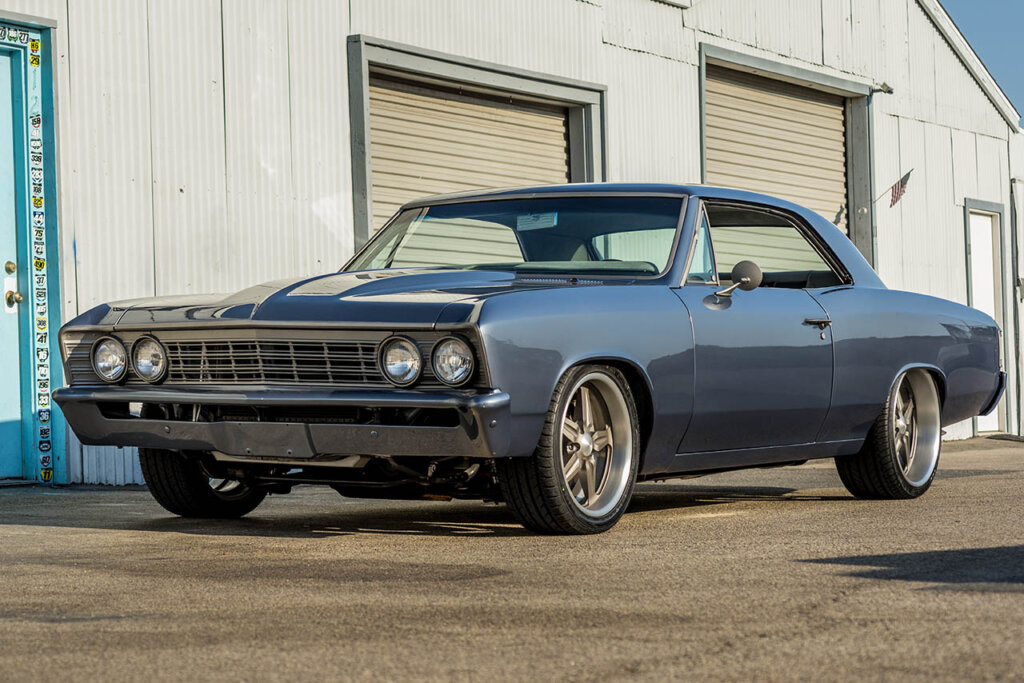
The Chevrolet Chevelle, one of Chevy’s symbols of American automotive ingenuity, has left a significant impact on the history of muscle cars. First introduced by Chevrolet in 1964, the Chevelle quickly gained popularity and became a beloved classic for generations of car enthusiasts. From its inception until its production ceased in 1977, the Chevelle represented a perfect blend of style, power, and innovation. In this article, we’ll go on a journey through the history of this iconic vehicle and explore the legacy it has left behind.
First Generation | 1964–1967
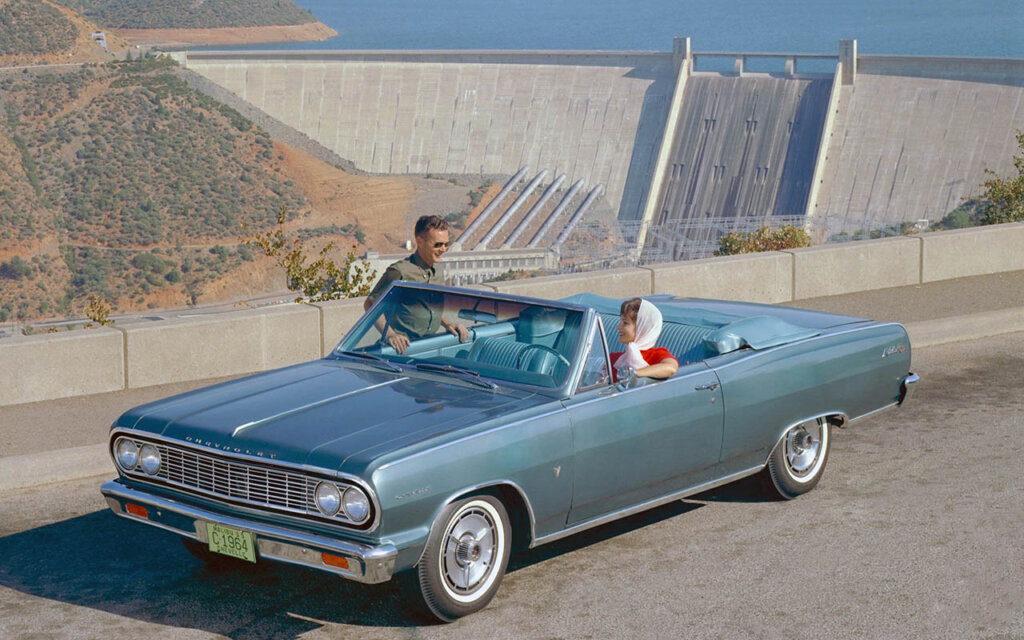
Source: Chevrolet Pressroom
| Trim | Production | Engine | Power | Transmission | Drivetrain |
| Gen 1 | 1964 – 1967 | 3.2 – 4.1L Inline-6 Turbo Thrift Engines | 46 – 155 HP / 47 – 157 PS / 34 – 116 kW | 3/4-Speed Manual 2/3-Speed Automatic | RWD |
| Gen 1 | 1964 – 1967 | 4.6-5.4L Small Block V8 | 220 – 300 HP / 223 – 304 PS / 164 – 224 kW | 3/4-Speed Manual 2/3-Speed Automatic | RWD |
| Gen 1 | 1964 – 1967 | 6.5L Big Block V8 | 375 HP / 380 PS / 280 kW | 3/4-Speed Manual 2/3-Speed Automatic | RWD |
During the early 1960s, the American automobile market experienced significant changes and increased competition in the smaller car segments. In response to the success of American Motors’ compact models, the Big Three automakers introduced their own offerings. Chevrolet, aiming to fill the gap between the Chevy II and full-sized models, launched the Chevelle in 1964. The Chevelle’s design and size resembled the popular 1955-1957 Chevrolet models and marked Chevrolet’s only all-new car for the year, achieving impressive sales figures.
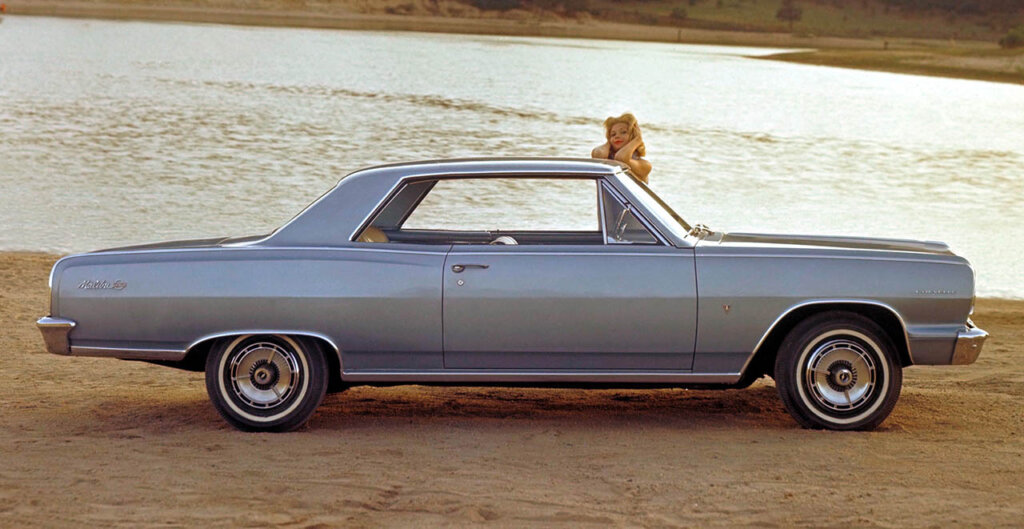
Source: Chevrolet Pressroom
The Chevelle was built on the A platform, utilizing a body-on-frame construction and a suspension setup similar to full-sized Chevrolet vehicles. Speculated to be a combination of “gazelle” and “Chevrolet,” the name “chevelle” was chosen for this smaller sedan. The Chevelle lineup included two-door hardtop coupes, convertibles, four-door sedans, and four-door station wagons. Additionally, a coupe utility variant known as the El Camino was also available. The Canadian market had its unique versions, including a convertible option in the base Chevelle series and the Pontiac Beaumont, which was based on the Chevelle and sold exclusively in Canada.
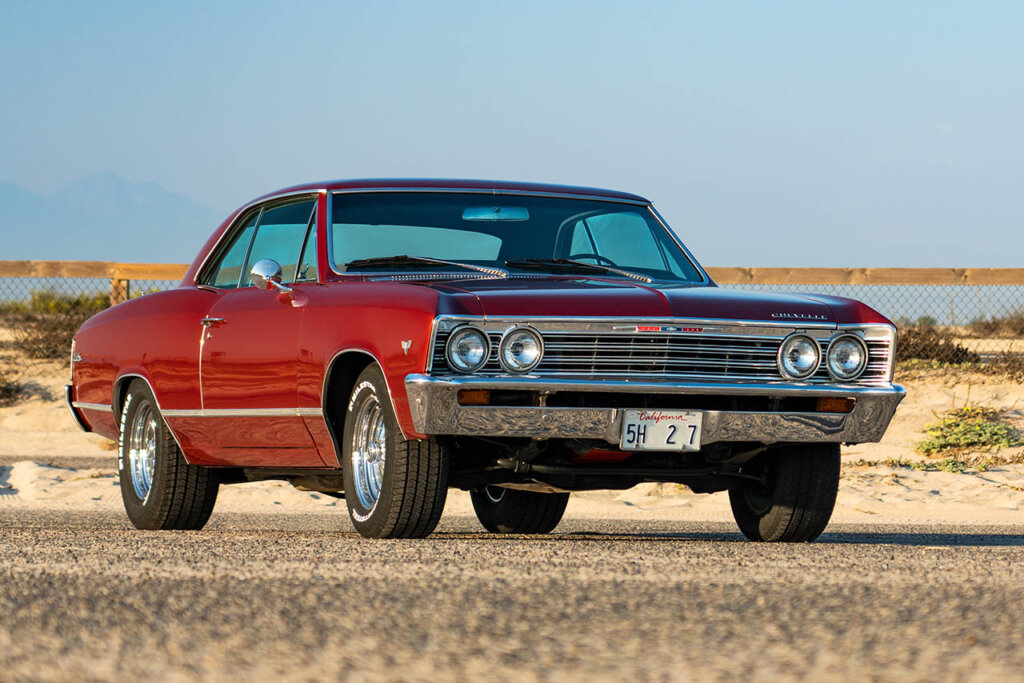
Source: Motofutura
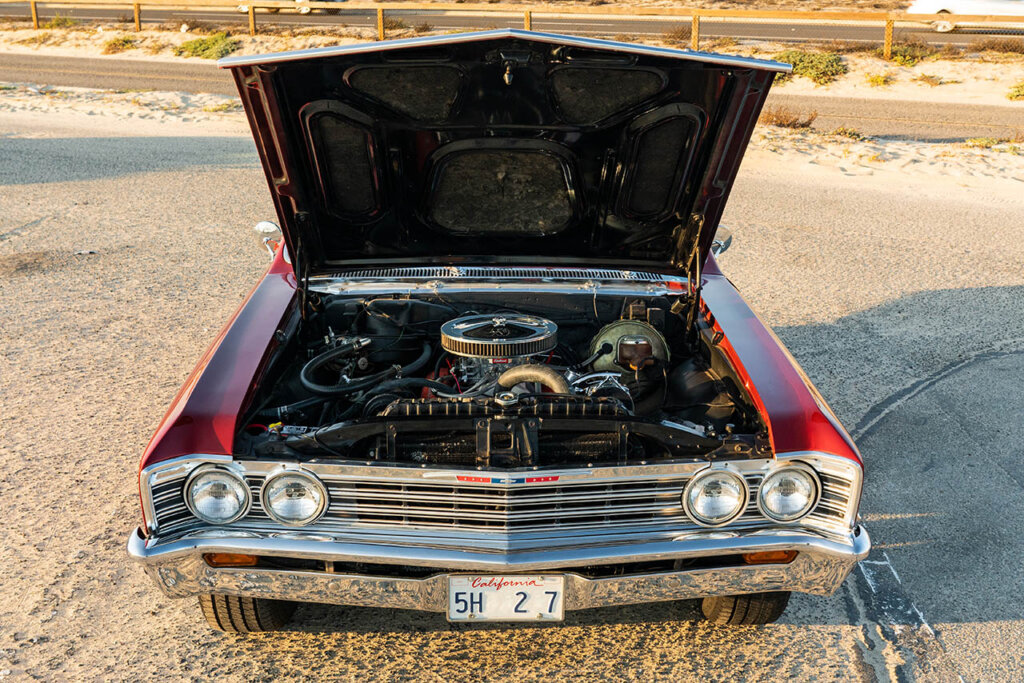
The Chevelle offered a variety of engine options, including six-cylinder and V8 engines, appealing to a wide range of buyers. Its diverse range of body styles and trims, such as the Sport coupes and Sport Sedans, catered to different preferences and needs. The station wagons had distinct nameplates like Greenbrier, Concours, and Concours Estate.
Second Generation | 1968–1972
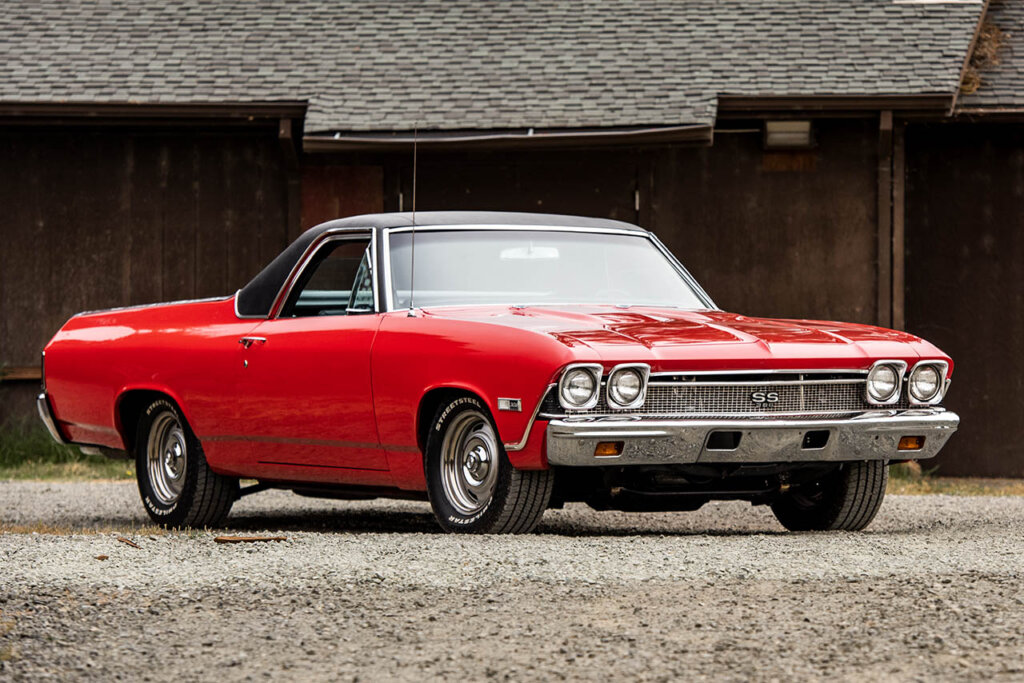
Source: Motofutura
| Trim | Production | Engine | Power | Transmission | Drivetrain |
| Gen 2 | 1968 | 3.8 – 4.1L Turbo Thrift Inline-6 Engines | > 140 HP / > 141 PS / > 100 kW | 3/4-Speed Manual 2/3-Speed Automatic | RWD |
| Gen 2 | 1968 | 5.4 – 5.7L Small Block V8 | 200 – 325 HP / 202 – 329 PS / 150 – 242 kW | 3/4-Speed Manual 2/3-Speed Automatic | RWD |
| Gen 2 | 1969 – 1972 | 6.5 – 7.0L Big Block V8 | 325 – 425 HP / 329 – 431 PS / 242 – 317 kW | 3/4-Speed Manual 2/3-Speed Automatic | RWD |
The second-generation Chevelle, introduced in 1968, featured a redesigned body with sculpted lines, a long-hood/short-deck profile, and a high rear-quarter “kick-up.” The wheelbase varied depending on the body style, with coupes and convertibles riding on a 112-inch wheelbase and sedans and wagons on a 116-inch wheelbase. The top-trim models, including the SS 396 and luxury Concours, offered new features like the Hide-A-Way wiper system. The lineup also included the entry-level Chevelle 300, the Super Sport (SS) series, and various trims with different interior options.
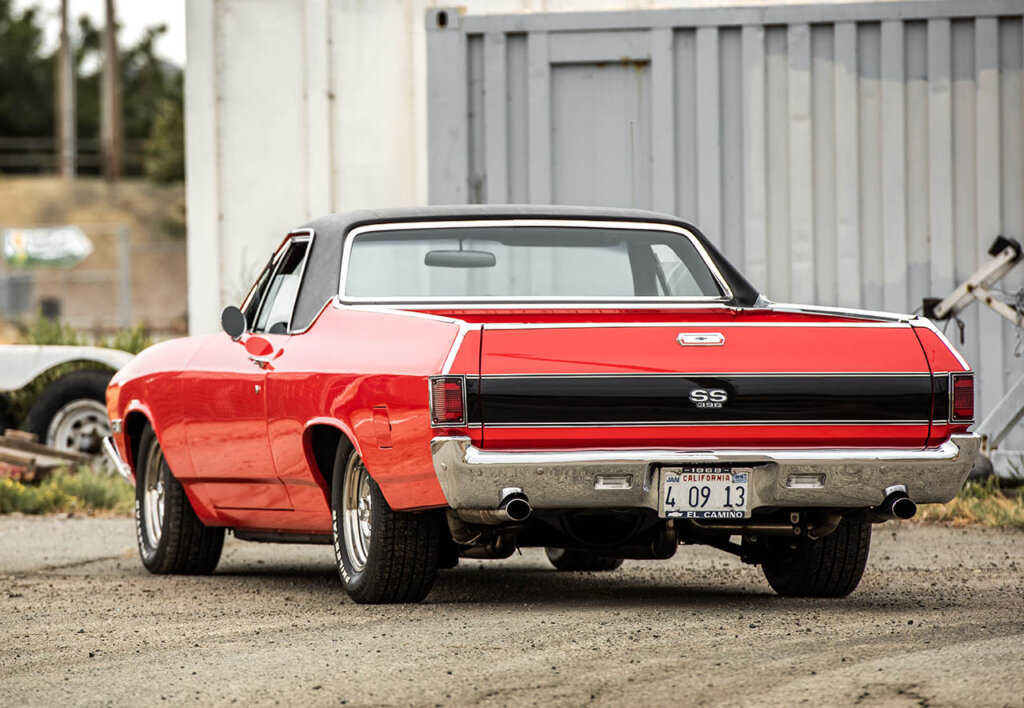
In 1969, the Chevelle underwent minor changes, including revised front-end styling with quad headlights and a new grille design. The lineup consisted of the Nomad, 300 Deluxe/Greenbrier, Malibu/Concours, and Concours Estate series. The SS option became a package available for any two-door model, offering a range of powerful engines such as the 454-cubic-inch V8. Safety features like locking steering columns and headrests were included in all 1969 Chevelles.
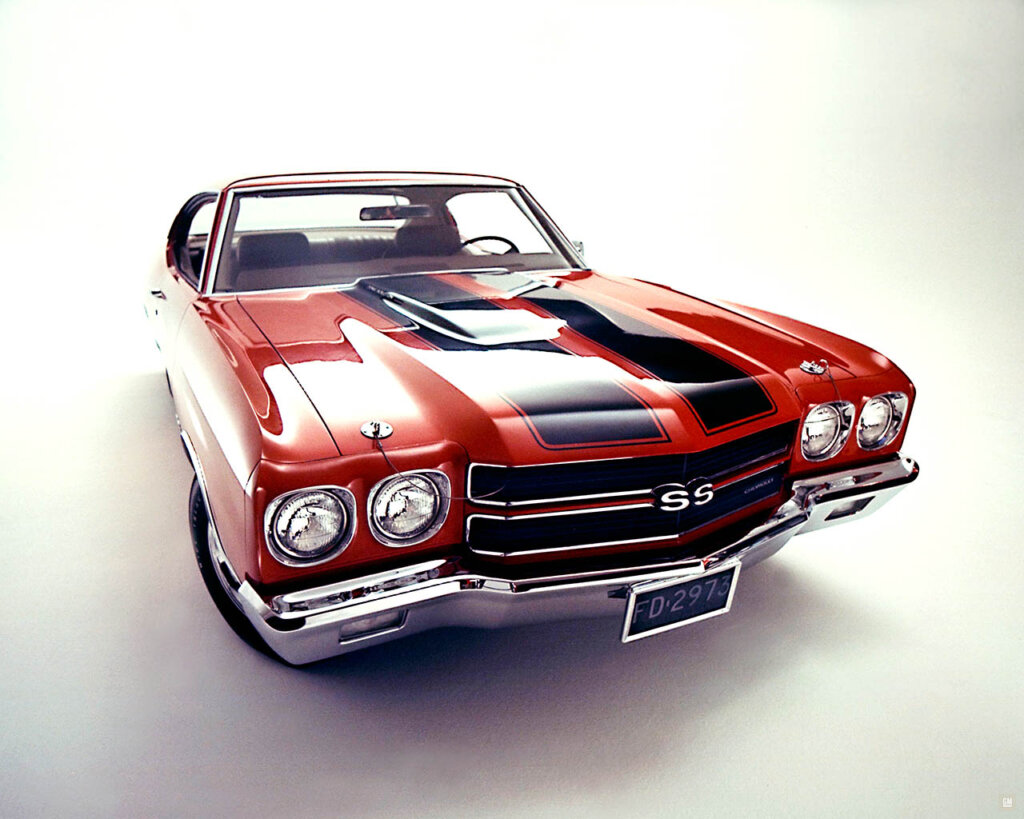
Source: Chevrolet Pressroom
In subsequent years, the Chevelle continued to evolve. In 1970, the body received a more rounded styling, and the SS models saw the introduction of the 454 engine. In 1971, the front and rear-end styling was updated, and the SS option became more of a dress-up package. In 1972, the Chevelle series featured revised grille design and concealed wipers. The Chevelle wagons were shorter and lighter than full-size wagons. Notably, Chevrolet dealer Don Yenko created his own line of high-performance Chevelles, known as Yenko Super Cars, by utilizing special-order options and powerful engines.

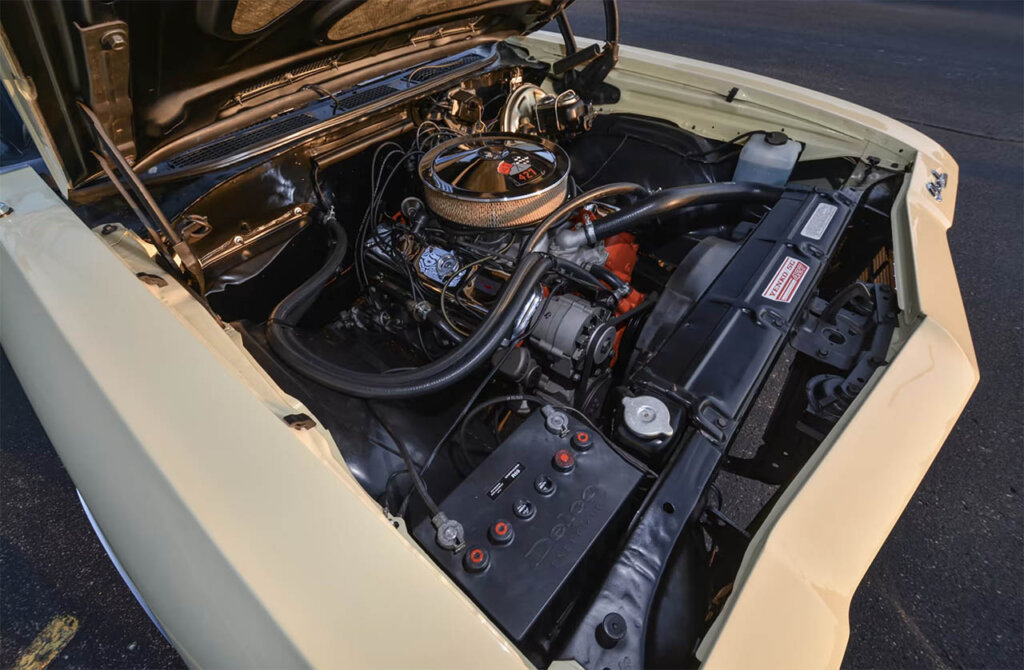
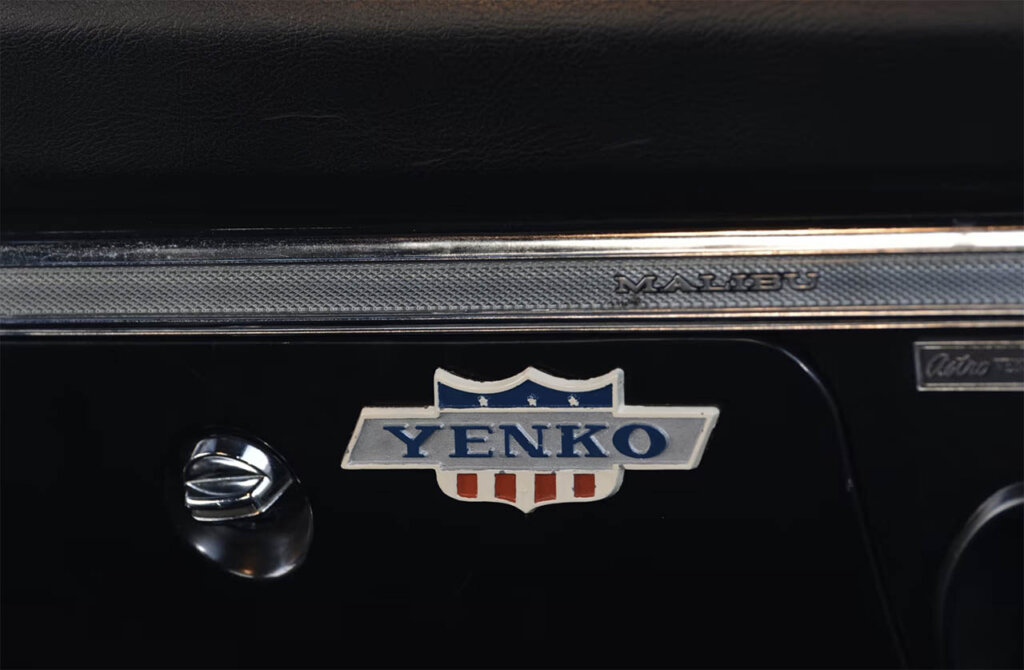
Third Generation | 1973–1977
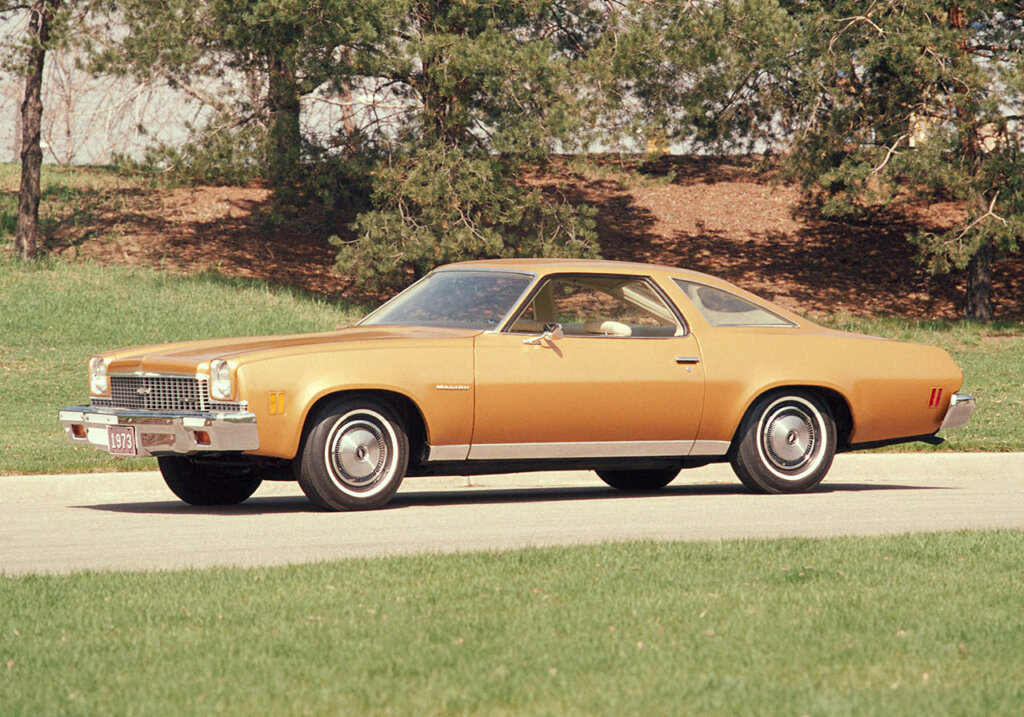
Source: Chevrolet Newsroom
| Trim | Production | Engine | Power | Transmission | Drivetrain |
| Gen 3 | 1973 – 1977 | 4.1L Turbo Thrift Inline-6 | 110 HP / 112 PS / 82 kW | 3/4-Speed Manual 3-Speed Automatic | RWD |
| Gen 3 | 1973 – 1977 | 5.0 – 6.6L Big Block V8 | 110 – 180 HP / 112 PS – 183 PS / 82 – 134 kW | 3/4-Speed Manual 3-Speed Automatic | RWD |
| Gen 3 | 1969 – 1972 | 7.4L Big Block V8 | 245 HP / 248 PS / 183 kW | 3/4-Speed Manual 3-Speed Automatic | RWD |
In 1973, the Chevrolet Chevelle underwent another significant redesign, introducing the “Colonnade Hardtop” body style with a semi-fastback roofline and fixed “B” pillars for enhanced safety. This departure from traditional hardtop designs was initially met with mixed reactions from the public but proved to be successful in sales. The new models featured distinctive rear quarter glass on coupes, new side windows on sedans, and improved visibility overall. The 1973 Chevelle also incorporated various structural and safety enhancements, such as acoustical double-panel roofing, stronger door beams, and side-impact guard beams.
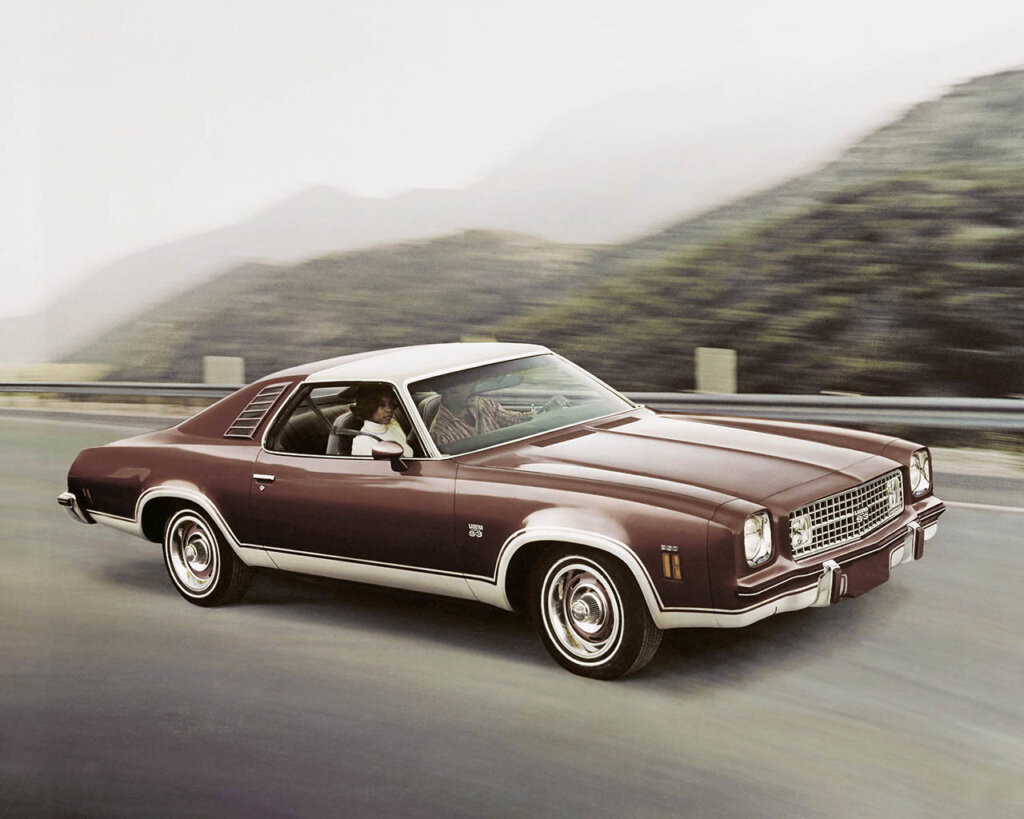
Source: Chevrolet Pressroom
The following year, the 1974 models received updates to comply with stricter federal standards, including new chrome grilles and rectangular taillights. The top-of-the-line Laguna model was renamed the Laguna Type S-3 and combined luxury features with enhanced handling. The Malibu Classic became the upscale trim level, featuring unique styling elements and notchback bench seats. The base Deluxe series was discontinued, and engines ranged from the standard 250 six-cylinder to various V8 options.
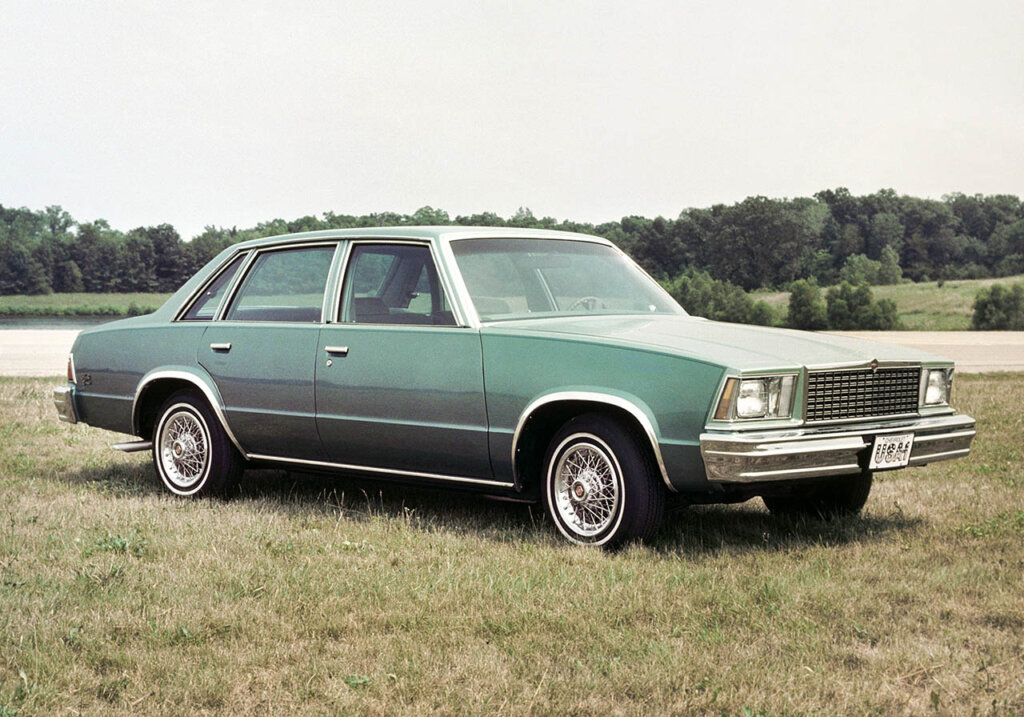
Source: Chevrolet Newsroom

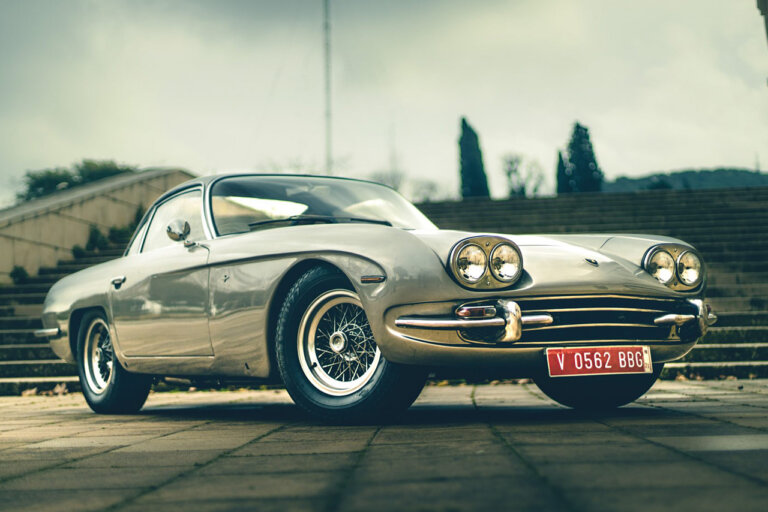
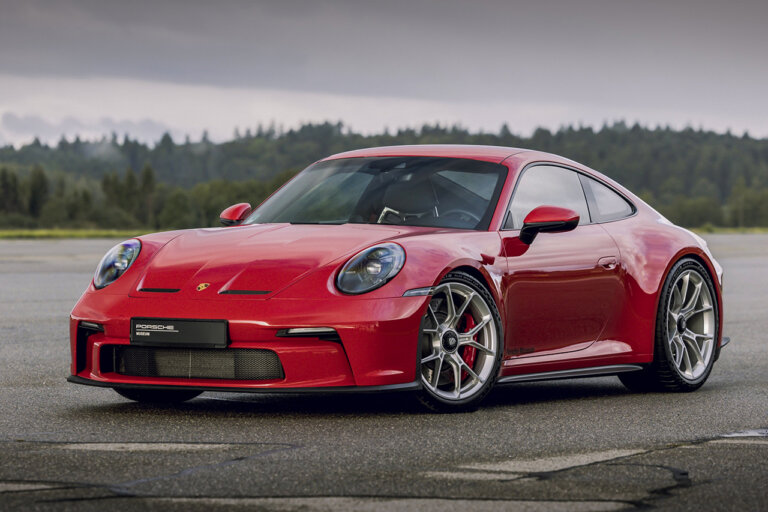
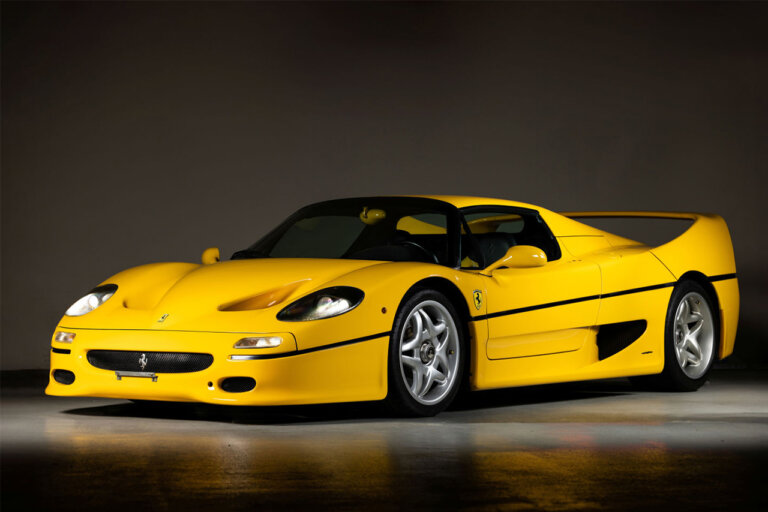
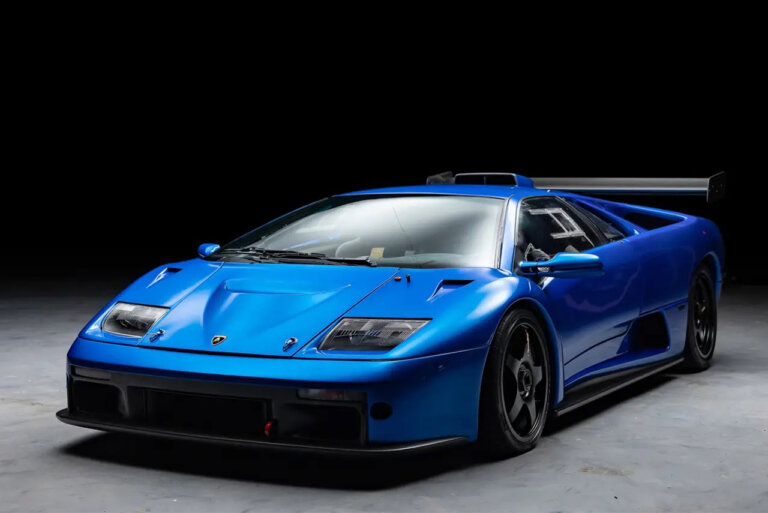

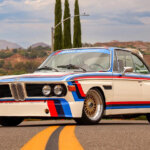
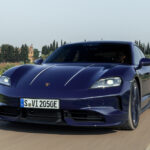
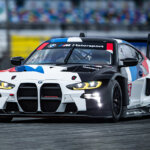

One Response
I think the best El Camino’s were the 1959 and 1960 modles. They had a simpler styling and an engine secretion. They were built on a car frame. That is my offering.